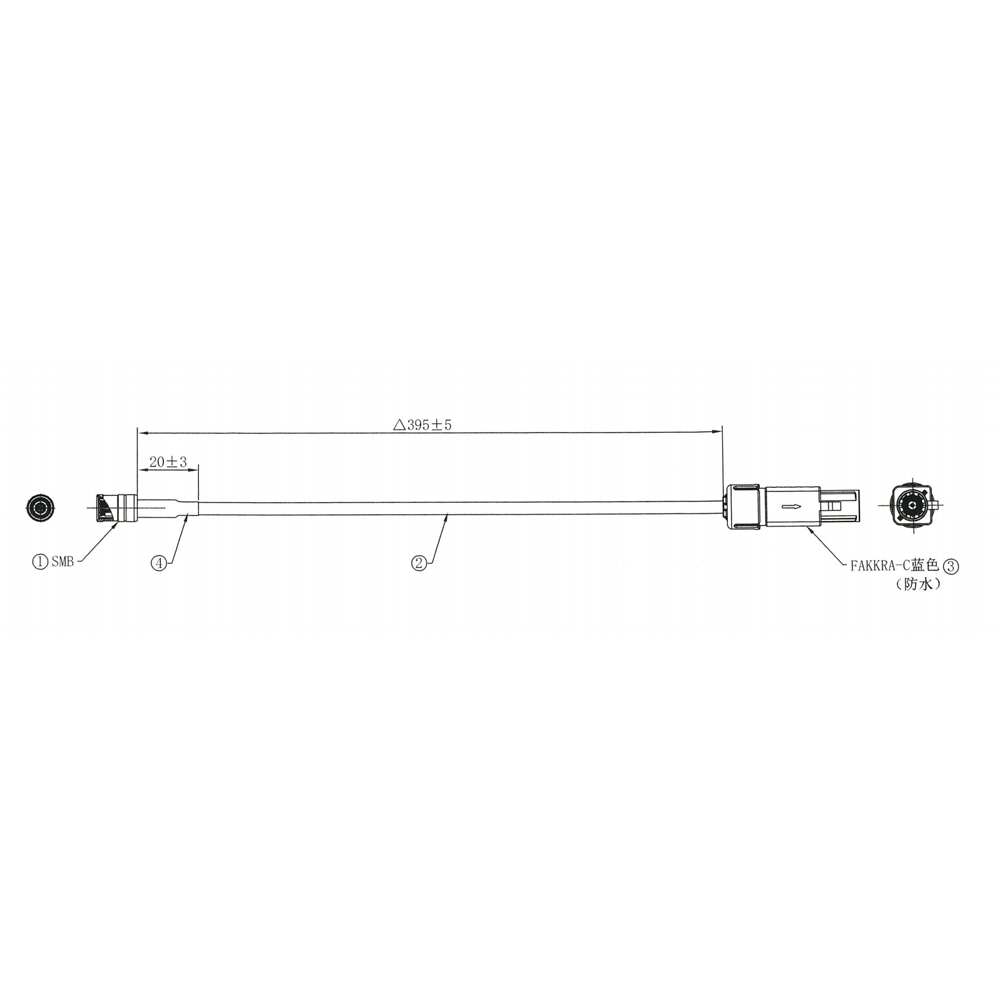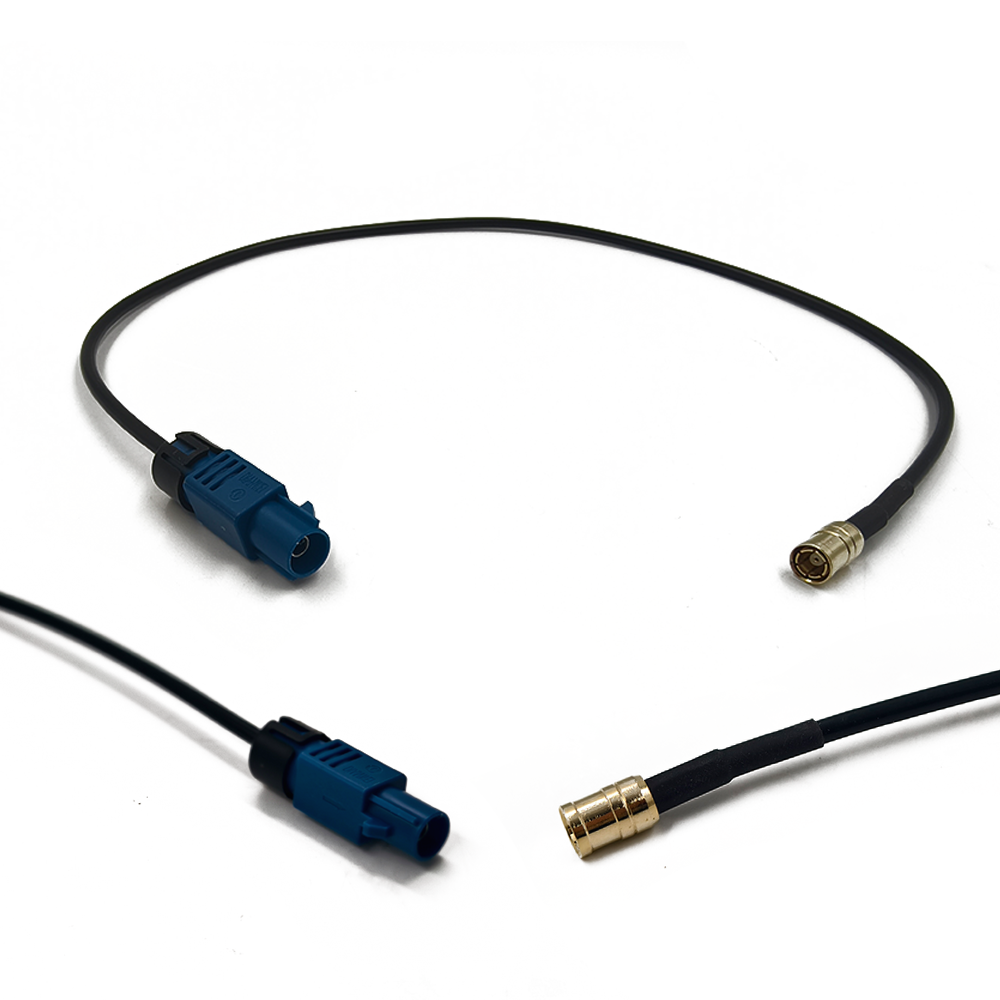The deployment of multi-band automotive GNSS antennas is rapidly expanding across a wide range of applications, driven by the increasing demand for high-precision positioning in modern vehicles. These antennas are no longer limited to basic navigation; they are now integral components in safety-critical and intelligent transportation systems.
Current Applications:
Autonomous Driving (Levels 2–5): High-accuracy positioning is a cornerstone of autonomous vehicle operation. Multi-band GNSS antennas, combined with Real-Time Kinematic (RTK) or Precise Point Positioning (PPP), enable vehicles to determine their location within centimeters. This precision is essential for lane-level navigation, path planning, and obstacle avoidance, particularly in GPS-dependent scenarios where LiDAR or camera systems may be limited by weather or lighting conditions.
Advanced Driver Assistance Systems (ADAS): Features such as adaptive cruise control, lane-keeping assist, and automated parking rely on accurate vehicle positioning. Multi-band GNSS enhances the reliability of these systems by providing continuous, high-integrity location data, even in challenging environments where single-band systems might fail.
Fleet and Asset Tracking: Logistics and transportation companies use multi-band GNSS to monitor vehicle locations with greater accuracy and reliability. This enables optimized routing, improved fuel efficiency, and enhanced security through real-time geofencing and theft detection.
Connected Vehicles and V2X Communication: Vehicle-to-Everything (V2X) technologies, including V2V (vehicle-to-vehicle) and V2I (vehicle-to-infrastructure), depend on precise location data to exchange safety messages, coordinate traffic flow, and prevent collisions. Multi-band GNSS ensures that vehicles can share accurate position and velocity information, forming the foundation of smart city mobility solutions.
Emergency Services and eCall Systems: In the event of a crash, multi-band GNSS antennas enable faster and more accurate emergency response by providing precise location data to emergency services. This is especially critical in remote or densely built-up areas where traditional GPS may be unreliable.
High-Definition (HD) Mapping and Localization: Autonomous vehicles use HD maps for precise localization. Multi-band GNSS provides the initial position fix that aligns the vehicle’s sensor data with the map, enabling robust localization even when visual features are obscured.
Future Trends:
Integration with 5G and Edge Computing: The convergence of GNSS with 5G networks will enable ultra-low-latency positioning services. 5G base stations can provide timing and location assistance to GNSS receivers, improving performance in urban environments. Multi-band antennas will play a key role in hybrid positioning systems that fuse GNSS with cellular signals.
AI-Powered Signal Processing: Artificial intelligence and machine learning algorithms will be used to enhance GNSS signal processing, enabling real-time detection of multipath, spoofing, and jamming. AI can also optimize antenna performance by dynamically adjusting filtering and amplification based on environmental conditions.
Miniaturization and Embedded Antennas: Future designs will focus on smaller, lower-profile antennas that can be embedded within windshields, roof liners, or even paint layers. Advances in metamaterials and flexible electronics may enable conformal antennas that maintain performance while blending seamlessly into vehicle design.
Multi-Sensor Fusion: Multi-band GNSS will be increasingly integrated with inertial navigation systems (INS), LiDAR, cameras, and wheel sensors. Sensor fusion algorithms will use GNSS as a primary reference to correct drift in inertial systems, creating resilient positioning solutions that work in all conditions.
Quantum-Inspired Positioning: While still in research, quantum sensors and atomic clocks may one day complement GNSS by providing ultra-precise timing and positioning without reliance on satellites. Multi-band antennas could serve as a hybrid interface between classical and quantum positioning systems.
Enhanced Security and Anti-Spoofing: As GNSS becomes more critical, the risk of spoofing and jamming increases. Future multi-band antennas may incorporate built-in security features, such as signal authentication and directional detection, to identify and reject false signals.
Sustainability and Cost Reduction: The automotive industry will continue to seek cost-effective, energy-efficient, and recyclable antenna solutions. Advances in materials and manufacturing, such as additive printing of antennas, could reduce waste and lower production costs.
In summary, the applications of multi-band automotive GNSS antennas are evolving from simple navigation to mission-critical functions in autonomous and connected mobility. Future trends point toward deeper integration with communication networks, artificial intelligence, and other sensing technologies, ensuring that multi-band GNSS remains a vital enabler of intelligent transportation systems.
Conclusion
The multi-band automotive GNSS antenna has emerged as a pivotal technology in the transformation of the modern vehicle from a mechanical conveyance to an intelligent, connected, and autonomous platform. By enabling access to multiple satellite constellations and frequency bands, these antennas provide the high-precision, reliable, and resilient positioning capabilities required for advanced driver assistance systems, autonomous driving, and next-generation mobility services.
The evolution from single-band to multi-band GNSS antennas reflects the broader trend in automotive engineering: a shift toward higher performance, greater safety, and increased connectivity. The ability to correct ionospheric errors, mitigate multipath interference, and maintain signal lock in challenging environments makes multi-band antennas indispensable for achieving centimeter-level accuracy. This level of precision is not a luxury but a necessity for vehicles that must navigate complex urban landscapes, adhere to lane boundaries, and interact safely with other road users.
Despite the challenges associated with cost, size, integration, and environmental durability, ongoing advancements in antenna design, materials science, and signal processing are steadily overcoming these barriers. The integration of low-noise amplifiers, advanced filtering, and active components has enhanced signal quality, while rigorous testing standards ensure reliability in real-world conditions.
Looking ahead, the role of multi-band GNSS antennas will only expand. As vehicles become more connected through V2X communication and integrated into smart city infrastructures, the demand for accurate and trustworthy positioning will grow. The convergence of GNSS with 5G, artificial intelligence, and multi-sensor fusion will create hybrid systems that are more robust and intelligent than ever before.
In conclusion, the multi-band automotive GNSS antenna is not merely a component—it is a foundational enabler of the future of mobility. Its continued development and deployment will be critical in realizing the vision of safer, smarter, and more sustainable transportation systems worldwide. As the automotive industry accelerates toward autonomy and connectivity, the multi-band GNSS antenna will remain at the forefront of innovation, guiding vehicles with unprecedented accuracy and reliability.




































































 Language
Language
 En
En Cn
Cn Korean
Korean

 Home >
Home > 







 18665803017 (Macro)
18665803017 (Macro)













